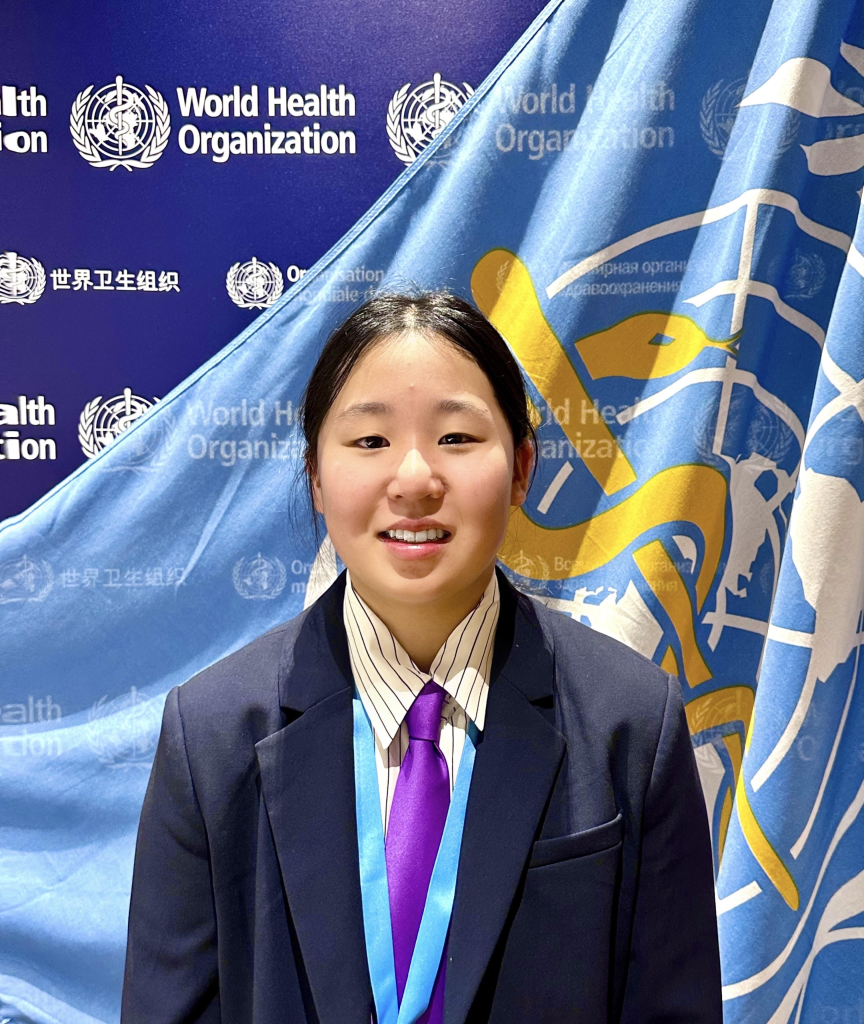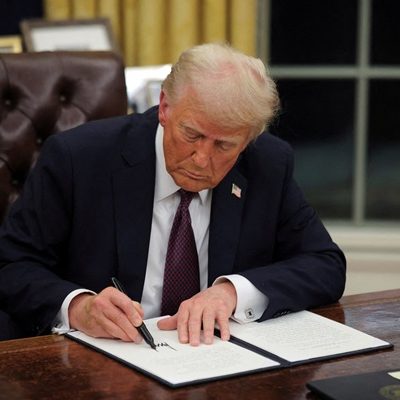Kayla M. Roh, Fairmont Preparatory Academy, Grade: 10

Preventive healthcare, characterized by a proactive approach to detecting, mitigating, and averting health issues before they escalate, is a critical component in enhancing global health outcomes. However, access to preventive healthcare remains markedly unequal across the globe. In economically challenged nations, as well as in those that are not struggling, systemic inequities hinder access, with the lack of preventive healthcare intricately linked to poverty, inadequate infrastructure, and limited health literacy. This disparity places an immense strain on healthcare systems, exacerbating a global health crisis that could otherwise be managed proactively. Rather than fostering a societal expectation of illness and disease, we must shift our focus towards the preemptive treatment of individuals before symptoms manifest, ensuring that such care is equitable and accessible to all in need.
The availability and quality of preventive healthcare services—such as vaccinations, regular screenings, maternal and infant health programs, and health education—vary significantly across high, middle, and low-income countries. In affluent nations, preventive healthcare is often covered by insurance, whereas low- and middle-income countries (LMICs) frequently allocate resources to the treatment of patients with severe conditions. This creates a cyclical challenge: the benefits that preventive healthcare provides in managing diseases before they progress are undermined by the burden that critical health conditions impose on national healthcare sectors, making it increasingly difficult to invest in preventive initiatives.
At the core of this inequality lies a significant funding disparity. This imbalance in investment results in uneven access to essential services such as vaccinations and health screenings, which are vital for reducing the burden of diseases like malaria, tuberculosis, and cervical cancer. For instance, while the cervical cancer vaccine has dramatically decreased incidence rates in wealthier nations, it remains largely inaccessible in many LMICs, where cervical cancer continues to be a leading cause of mortality.
Access to preventive healthcare is also profoundly shaped by social determinants, including income, education, and geographic location. Rural and remote communities frequently face significant service gaps due to limited infrastructure, a shortage of healthcare professionals, and inadequate transportation options. Consequently, these areas experience higher rates of undiagnosed and untreated chronic illnesses, as rural residents are often unable to access regular preventive services. For example, maternal health services are markedly deficient in many rural regions, where pregnant individuals may need to travel considerable distances to reach the nearest health facility, if such facilities exist at all. The absence of routine prenatal checkups in these areas contributes to elevated maternal and infant mortality rates, contrasting sharply with the outcomes observed in more accessible urban centers.
Furthermore, health literacy is a critical factor influencing access to preventive healthcare. Lower levels of health literacy often correlate with higher rates of preventable diseases, as individuals may lack awareness of emerging health conditions or may be uncertain about when to seek preventive care. Numerous surveys indicate that a primary reason for individuals not attending annual check-ups or recommended screenings is a lack of understanding regarding the necessity of such services.
On a broader societal level, inadequate access to preventive healthcare exacerbates social inequalities. Vulnerable groups, including women, children, minorities, and the elderly, are disproportionately affected by this inequity. Notably, women face significant barriers, with statistics indicating that nearly half do not receive all recommended services, often due to previous negative experiences with healthcare providers and the demands of caregiving responsibilities.
Addressing global disparities in access to preventive healthcare is not only a moral imperative but also an economic and social necessity. The impact of preventive healthcare extends beyond individual well-being, influencing the overall stability and development of nations. By prioritizing investment in preventive healthcare infrastructure, enhancing health literacy, and exploring innovative technological solutions, the international community can work to bridge the existing gaps and promote health equity on a global scale. While progress has been made, a concerted global effort is essential to ensure that the benefits of preventive healthcare reach even the most marginalized communities, laying the groundwork for a healthier, more equitable future.”






